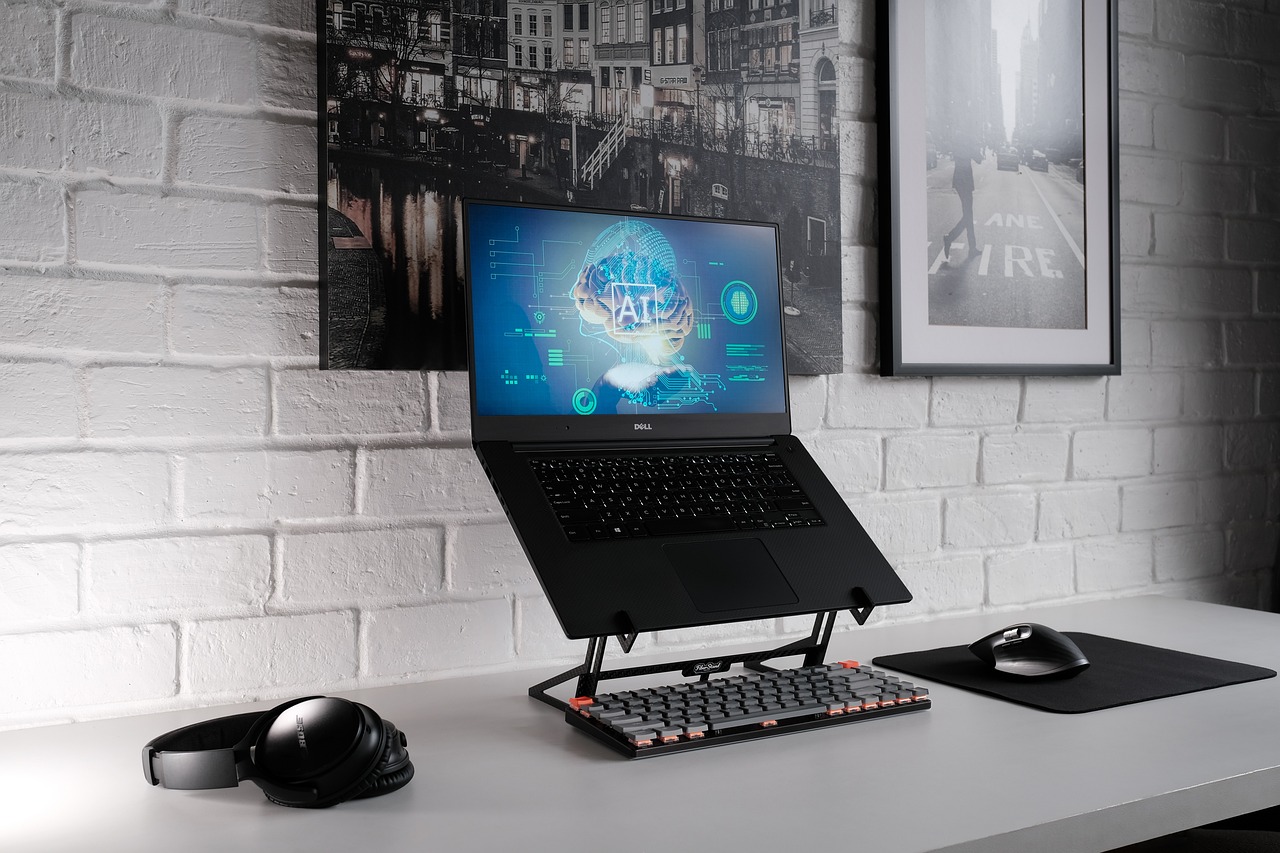The Role of Technology in Sports
The evolution of equipment design in various industries has been marked by significant advancements in recent years. From sports gear to medical tools, the focus has been on enhancing performance, safety, and efficiency. Manufacturers have embraced cutting-edge technologies and innovative materials to push the boundaries of traditional design boundaries and meet the demands of modern consumers.
One notable trend in equipment design is the integration of smart features and technology. Wearable devices, such as athletic trackers and smart helmets, are revolutionizing how athletes monitor their performance and health during training or competition. These advancements not only provide real-time data but also contribute to injury prevention and overall improvement in user experience.
Enhanced Training Methods
One of the key aspects of maximizing athletic performance lies in the implementation of innovative and effective training methods. Traditional approaches have been augmented with modern techniques that focus on individualized programming tailored to an athlete’s specific needs and goals. This personalized approach not only enhances performance but also minimizes the risk of injuries by taking into account each athlete’s unique strengths and weaknesses.
Furthermore, the incorporation of cutting-edge technology in training regimes has revolutionized the way athletes prepare for competitions. Virtual reality training simulations, wearable technology, and real-time feedback systems have all contributed to improving the efficiency and effectiveness of training sessions. By harnessing these technological advancements, coaches are better equipped to monitor performance metrics, identify areas for improvement, and provide specialized guidance to enable athletes to reach their full potential.
Data Analysis and Performance Tracking
In the realm of sports science, the utilization of data analysis and performance tracking has revolutionized the way athletes train and compete. By leveraging cutting-edge technologies such as wearable sensors and GPS tracking systems, coaches and athletes can now access real-time performance metrics and data insights to fine-tune their training strategies and enhance overall performance. This data-driven approach enables coaches to make informed decisions, identify strengths and weaknesses, and tailor training programs to optimize athletes’ potential.
Performance tracking systems have also enabled athletes to set specific, measurable, attainable, realistic, and time-bound (SMART) goals for their training regimens and competitions. By monitoring key performance indicators such as heart rate variability, sprint times, and energy expenditure, athletes can track their progress over time and make necessary adjustments to reach peak performance. The strategic use of data analysis and performance tracking not only empowers athletes to take control of their training but also provides valuable insights for coaches to develop personalized training protocols that maximize athletic potential.
What are some advancements in equipment design that have improved performance tracking?
Some advancements in equipment design include sensors that can track movements, heart rate monitors, and GPS tracking devices that provide valuable data for performance tracking.
How have enhanced training methods contributed to better data analysis and performance tracking?
Enhanced training methods, such as incorporating technology into workouts and using data-driven training programs, have allowed athletes to track their progress more accurately and make informed decisions based on the data collected.
Why is data analysis important for performance tracking?
Data analysis is important for performance tracking as it provides valuable insights into an athlete’s strengths and weaknesses, helps in setting specific goals, and allows for the measurement of progress over time.
How can athletes utilize data analysis to improve their performance?
Athletes can utilize data analysis by identifying areas for improvement, adjusting their training programs based on the data collected, and setting specific and measurable goals to track their progress.
What are some common data analysis tools used for performance tracking?
Common data analysis tools used for performance tracking include wearable devices, sports performance software, and online platforms that allow athletes to monitor and analyze their performance data.





